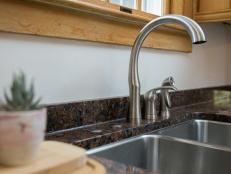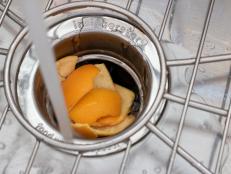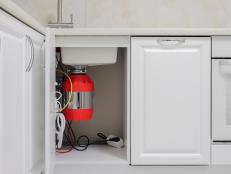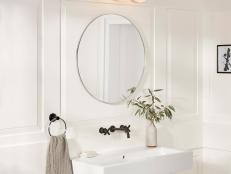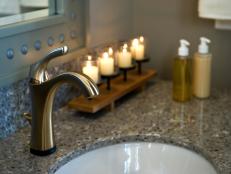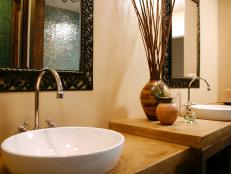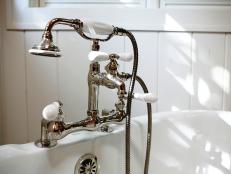Choosing the Right Kitchen Sink and Faucet
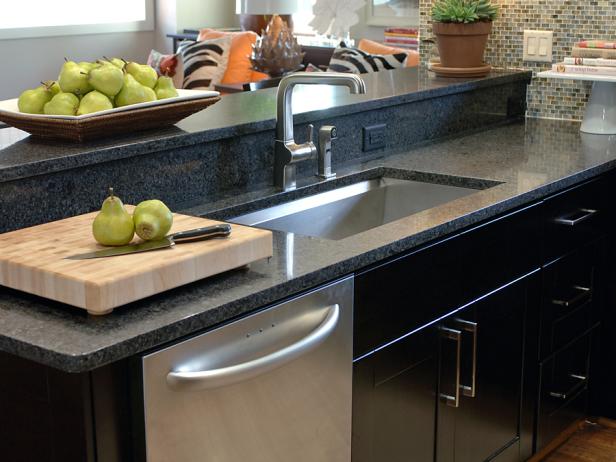
Every kitchen needs a sink and faucet. When it comes to selecting these staples, style is secondary, says Max Isley, owner of Hampton Kitchens in Raleigh, N.C., and a National Kitchen and Bath Association board member.
Isley's primary task is to help clients select a sink and faucet that will work well and withstand years of daily use. To that end, Isley always asks clients how they plan to use the kitchen sink. "It will make a big difference in which one I will recommend," he says. Here's what you should keep in mind when making your own choices:
Kitchen Sink Styles and Trends 9 Photos
One of the most hard-working features in a kitchen, your sink should be both functional and reflective of your kitchen's style. Learn about various materials and styles available in kitchen sinks.
Sink Options
Kitchen sinks are typically made from stainless steel, enamel-coated cast iron, solid surfaces and composites. For clients who choose solid surface counters like granite or engineered stone, Isley recommends a stainless steel sink because of its undermount capability. Also if homeowners tend to be hard on sinks (Isley asks clients if they're prone to throwing things into their sink), stainless is often the best choice. When shopping for a sink, keep in mind that lower-gauge stainless steel makes for a better quality sink. Some people find stainless steel sinks noisy, but that's a problem that can be addressed by choosing a design featuring sound-absorption technology.
Once the standard in kitchen sinks, enamel-coated cast iron still has a place in today's kitchen. "They're probably the prettiest of all the sinks on the market today," Isley says. However, he cautions that enamel can scratch and wear over time, which may not make this sink the best choice for people who are tough on sinks.
If ease of cleanup is important, a solid surface sink that's an integral part of a countertop is the option to investigate.
"Even with the undermount sink, you've still got that joint between the countertop and the underside. Solid surface sinks create a much smoother clean up area to deal with," Isley says. While minor scratches can be buffed out of a solid surface sink, the material is prone to chip, and transferring hot pots and pans directly from the cooktop to the sink can damage solid surfaces.
Composite sinks, a newer style of sink, are another option for kitchens. There are several types of composite sinks on the market, with polyester/acrylic being just one of them. Coming in at a lower price point and with many colors to choose from, this sink might appeal to homeowners on a budget. However, polyester/acrylic sinks aren't as durable as other sink options and drop-in sinks can be more difficult to clean.
Number of Sinks
Traditionally, most kitchens feature a double-bowl sink.
"Obviously, double bowls — especially two equal size bowls — were made for washing dishes. We really don't wash dishes much in the kitchen," Isley says.
Homeowners still hand wash large pots, pans and baking sheets, so Isley advocates for at least one oversized sink bowl. If space is an issue and double bowls are a must, an oversized bowl and a small bowl combination should be adequate. If space isn't an issue, Isley recommends one oversized and one standard sized bowl.
Faucets that Function
With the great number of faucets on the market, there is a design for everyone. "Style is strictly a personal taste issue," Isley says. He doesn't dictate what clients choose design-wise — people like what they like, after all — but he does guide them when it comes to function and finishes. Most faucets use cartridge, ball or ceramic disc valves. A faucet with a ceramic disk valve and solid brass base materials will be the most durable. Though many attractive faucets have two handles, Isley always pushes for single-lever faucets in the kitchen. He also suggests clients include a spray arm for filling pots with water or rinsing the sink, whether it's part of the spout or a separate piece. Consider other convenient extras, like a garbage disposal and hot water dispenser.
Isley steers clients away from brass finishes. "[Brass] works well for a low-use area, but in a high-use area like a kitchen, I'd rather use chrome, polished nickel, brushed nickel or pewter. The new bronze finish is also very popular," he says.
Before making the final decision, Isley suggests a trip to the local plumbing showroom to get a feel for how a sink and faucet will function.
Resources
Max Isley Hampton Kitchens, www.hamptonkitchens.com
National Kitchen & Bath Association, www.nkba.org







